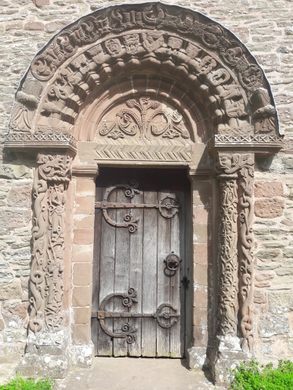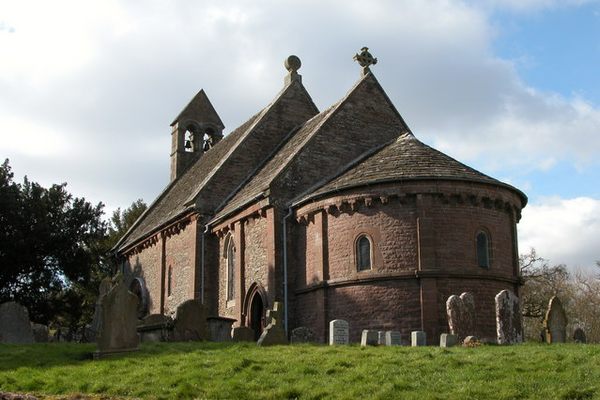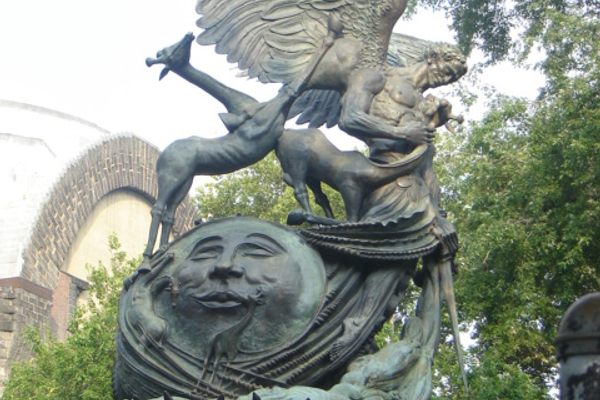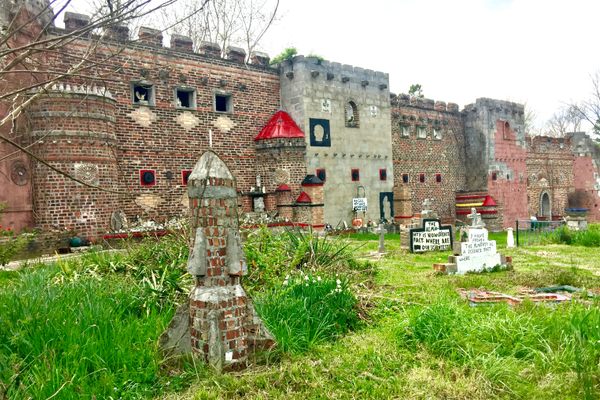Kilpeck Church Carvings
Detailed sandstone carvings show an array of symbolism and adorable animals.
Built during the Norman period around 1140, Kilpeck Church was given to the Abbey of Gloucester in 1143. The site is believed to have formerly been a Saxon church, and the oval shape of the churchyard is typical of even older Celtic foundations.
The church fell into disrepair in the 14th century, but somehow managed to avoid defacement from the Puritans in the 17th century and has had several restorations since, the latest being in 1962. With hard work and some luck, Kilpeck has managed to retain the carvings that make it so unique.
Remarkably preserved, the carvings that set this church apart are made from local red sandstone, and are all original and in their original locations. They were most likely done by local stonemasons under the tutelage of master masons recruited by Oliver de Merlimond.
The carvings depict a plethora of symbolic imagery, including mythical beasts such as a basilisk and manticaore, as well as actual birds, beasts and humans, warriors, snakes swallowing each other’s tails, a tree of life, and a green man. The south door is the most talked about spot, and while many of the carvings seem to have deep symbolic meaning, others, like dogs and rabbits, just seem to give the church an array of charming faces.
The church is located in the Diocese of Hereford, situated 8 miles to the south-west of the city, in a remote spot off the Abergavenny Road.
Know Before You Go
"Kilpeck" is well signposted from the road from Abergavenny to Hereford.

































Follow us on Twitter to get the latest on the world's hidden wonders.
Like us on Facebook to get the latest on the world's hidden wonders.
Follow us on Twitter Like us on Facebook